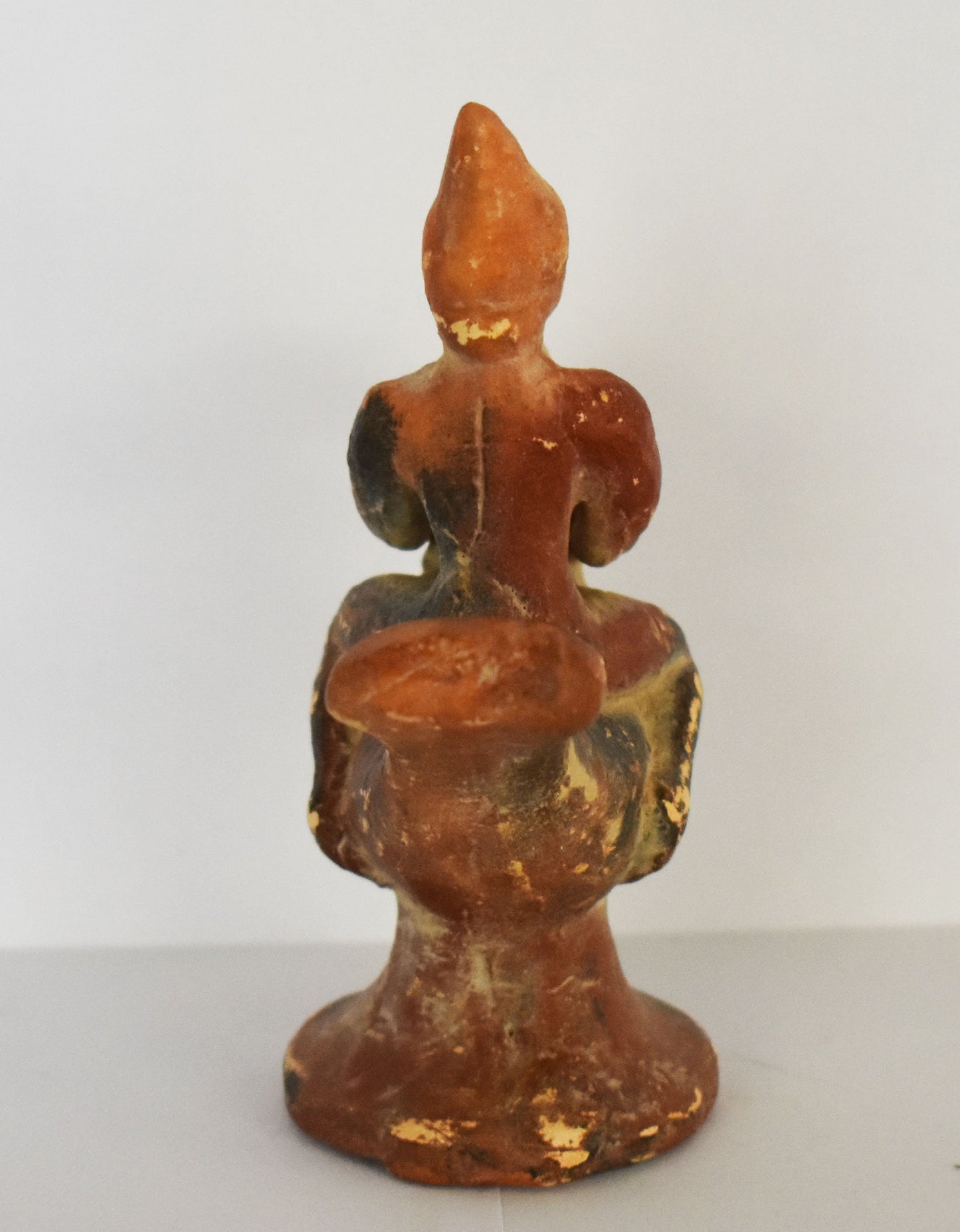Gallery Demeter
Man on Goose - Idol or Toy - Mycenae - 1100 BC - Miniature - Museum Reproduction - Ceramic Artifact
Man on Goose - Idol or Toy - Mycenae - 1100 BC - Miniature - Museum Reproduction - Ceramic Artifact
Regular price
€44,90 EUR
Regular price
Sale price
€44,90 EUR
Unit price
per
Tax included.
Shipping calculated at checkout.
Couldn't load pickup availability
Item Specifics
Material:Ceramic
Condition: New, Handmade in Greece.
Height: 11 cm - 4,3 inches
Width: 9 cm - 3,5inches
Length: 4,5 cm - 1,8 inches
Weight: 140 g
Mycenaean civilization takes its name from the hilltop citadel of Mycenae in the Argolid, celebrated in Homer’s epics as “rich in gold” and the capital of Agamemnon. In 1876, Heinrich Schliemann, fresh from his excavations at Troy, which in his view had established the historical reality of the Greeks’ legendary siege and sack of that city, unearthed five astonishingly rich tombs at Mycenae and claimed them to contain the burials of Agamemnon and his followers, thus inaugurating the study of Greece’s Late Bronze Age (LBA) past. One and a half centuries of subsequent fieldwork have exposed the remains of hundreds of settlements and thousands of tombs characterized by the distinctive material culture termed Mycenaean that flourished for over six centuries (c. 1700–1050 BCE). This lengthy duration of the mainland Greek LBA (better known as the Late Helladic [LH] or Mycenaean era) is conventionally subdivided into three major stages of development: pre-palatial or early Mycenaean (LH I–IIB; c. 1700–1425/1400 BCE); palatial (LH IIIA1–LH IIIB2; c. 1425/1400–1200/1190 BCE); and post-palatial (LH IIIC; c. 1200/1190–1050 BCE). The regions within which Mycenaean material culture was dominant changed significantly as a function of time, as did the culture’s external contacts within the Mediterranean world and continental Europe.









